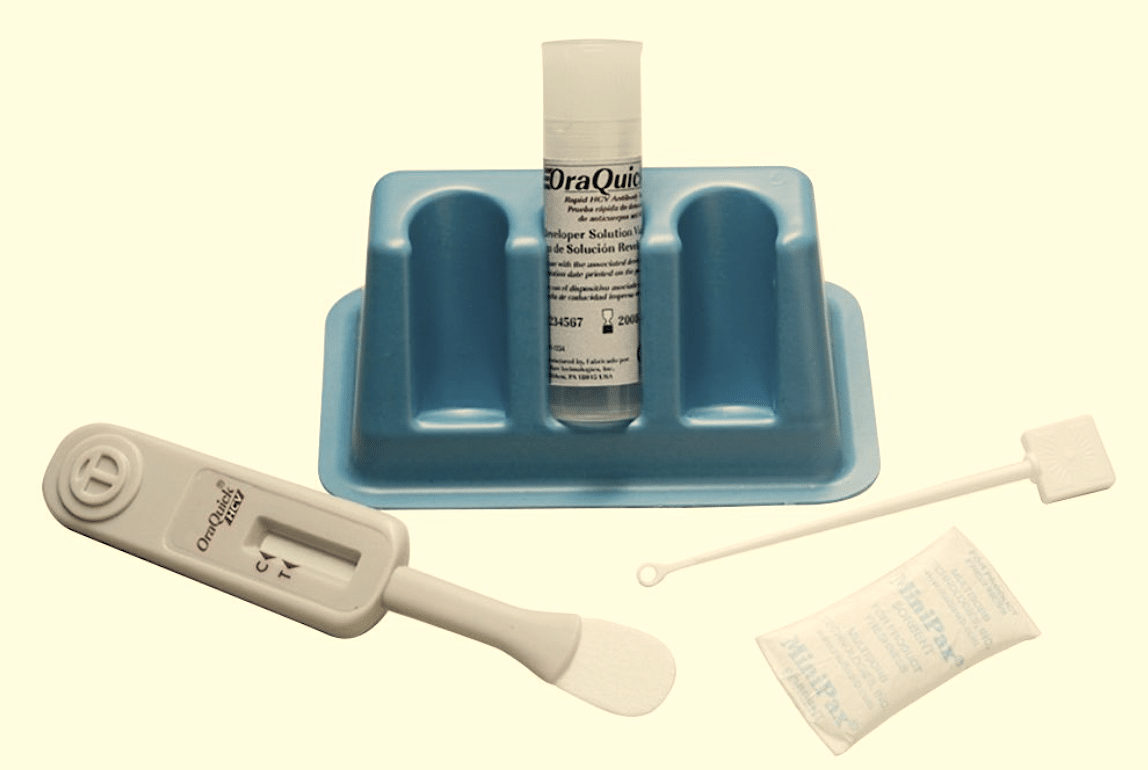I’ve experienced a lot of harms related to substance use, but the one that got me into harm reduction was hepatitis C. Its prevalence just didn’t make sense to me. There’s an effective cure. So why aren’t more people getting tested and treated?
Hepatitis is the second-deadliest virus in the world, after the COVID-19 virus. It inflames the liver and, over time, can cause serious complications like cancer.
Hepatitis A and B have vaccines, but no cure. The viral strain that most impacts drug users including myself is hepatitis C. Although hep C has no vaccine (researchers have been working toward controlled trials to develop one) it does have a cure.
And yet, the World Health Organization estimated that 242,000 people died from hep C complications in 2022. That is an astounding number.
The WHO goal is to end global epidemics of AIDS, viral hepatitis and sexually transmitted infections by 2030. For hepatitis, this means WHO member states are aiming to reduce hep B and C transmission by 90 percent and reduce deaths by 65 percent.
Direct-acting antiviral (DAA) treatment is highly effective for curing hep C. These daily medications are taken orally for eight to 12 weeks, and have minimal side effects.
“We have the tools we need,” states the World Hepatitis Day website. “But progress is still too slow. Resources are not being mobilized; stigma and discrimination are not being addressed; and despite commitments made by governments and institutions, millions are being left behind.”
With World Hepatitis Day marked on July 28, I want to highlight what Scotland has been doing at the forefront of hep C harm reduction, particularly among people who inject drugs.
Many providers withhold the cure from people who inject drugs, even though they’re the most vulnerable to hep C.
On World Hepatitis Day 2020, Tayside in eastern Scotland announced it had effectively eliminated hep C—the first region in the world to do so. Efforts like the NHS Tayside project focused on making the cure accessible to people who use drugs, especially those who inject, and not requiring abstinence from any substance use while they were on the medication.
This is the most effective approach and is practiced by government-funded harm reduction groups outside Scotland, including in the United States. But it’s not usually the norm the way it is in Tayside. Instead, it’s common for providers to withhold the cure from active injection drug users specifically, even though they’re the people most likely to contract hep C. Health insurance companies often make mandatory drug-testing a condition of getting the cost of medication covered. The full eight- to 12-week regimen can cost upwards of $10,000 out-of-pocket.
People don’t have to stop or reduce substance use—of any kind—while on the DAA medication in order for it to work. Commonly injected drugs like fentanyl or methamphetamine don’t make the medication less effective.
Since hepatitis affects the liver, substances that can speed up the progression of liver disease, like alcohol or combustible cigarettes, are a particular concern. Smoking-related illness is a leading cause of death among people with hep C, making tobacco harm reduction alternatives particularly important for this population.
But it’s a misconception that continuing to smoke cigarettes while taking DAA medication makes the medication less effective. The same is true of alcohol—cirrhosis, for example, has a greater risk of harm for people with untreated hep C, but research suggests that drinking alcohol doesn’t get in the way of the medication and that requiring abstinence from alcohol is an “unnecessary barrier” to getting cured.
Tayside met people where they were at.
Jason Grebely, president of the International Network of Health and Hepatitis in Substance Users, told Filter that Tayside’s work all started back in the days of interferon therapy. Interferon was the main medication that preceded modern DAA, which arrived within the past decade. But 20 or 30 years ago, Scotland started to see a rising number of people with hepatitis C and advanced liver disease.
“Tayside [is] a reasonably small area, but they developed a really strong public health approach and targeted a range of different interventions,” Grebely said. “They [found] where people who use drugs were attending services, and bolstered the services that were happening in those areas.”
Medication to cure hep C is available at hospitals, but that doesn’t make it accessible to people who inject drugs. Tayside made sure that providers were also bringing the cure to people at drug treatment centers, syringe service programs, community pharmacies, outreach clinics and prisons. They recognized that the way to access more people was through peer workers and harm reduction groups that already had established communities. Basically, they met people where they were at.
Public health researchers working with the government made the case for hep C treatment to be scaled up. Early on, they saw the value of DAA medications and persuaded the Scottish government to invest in elimination efforts.
“Scotland really did the modeling work, which actually demonstrated what was gonna happen in the future if we did nothing to improve how we addressed hepatitis,” Sharon Hutchinson, a professor of epidemiology and population health at Glasgow Caledonian University, told Filter. “[And] what could be achieved if we did scale up treatment.”
Though the COVID-19 pandemic slowed progress slightly, the government of Scotland has committed to eliminating hep C by 2025. Hutchinson said that the key is close coordination with a government that recognizes the effectiveness of harm reduction approaches, the way it did in Tayside.
“Finding your champions and that investment from the government, I think is so important,” she said. “It makes me wonder why more high-income countries can’t or aren’t doing it.”
Photograph (edited) of hepatitis C rapid test via New York State Department of Health





Show Comments